Give your lawn the gift of vibrant health and lush appearance with Turfcor Lawn & Tree Care! Our expert aeration and overseeding services are your lawn’s ticket to a durable, luxurious greenspace. Seize the opportunity to elevate your outdoor sanctuary; let our seasoned specialists tailor a care plan that breathes life and vitality into every square inch of your yard. Act now and let’s sculpt a future where every step on your lawn is a step on a plush, verdant carpet. Reach out to Turfcor—where your lawn dreams take root and flourish! 🍃🌿
Do you want your lawn to look lush and green come spring? Adopting a regular aeration routine is essential for any homeowners looking to achieve an attractive, healthy lawn. If you’re unsure whether it’s time for aeration, there are some signs that you can watch out for. In this blog post, we will discuss eight key signs of when your lawn needs aeration so that it looks its best!
Understanding Lawn Aeration
![]() What is Lawn Aeration?
What is Lawn Aeration?
Lawn aeration is an important practice in maintaining a healthy yard. It involves making small holes in the soil to allow air, water, and nutrients to reach the grass roots. This helps the grass grow better and protects it from drought and disease. There are different tools for this, from manual spike aerators to powered machines for larger lawns. The goal is always the same: to reduce soil compaction and improve nutrient uptake.
Why is Aeration Important?
Aeration offers multiple benefits for your lawn’s wellbeing. By relieving soil compaction, it allows roots to expand, breathe, and absorb essential nutrients. This strengthens the overall health of the lawn and improves water uptake, reducing runoff. Aeration also helps break down thatch, which can hinder nutrient absorption if not addressed. It’s best to aerate during the growing seasons of spring and fall, allowing grass to fill in open areas after removing soil plugs. Strategic timing and the many advantages of aeration highlight its importance in lawn maintenance.
Signs Your Lawn Needs Aeration
Navigating through the journey of lawn care demands a vigilant eye for recognizing when your green sanctuary requires a helping hand. Lawn aeration, an integral process to maintain its lushness and vitality, isn’t just a routine activity but often a remedy to specific issues plaguing your yard. Identifying the subtle yet telling signs that whisper the need for aeration becomes paramount in proactively safeguarding its health and ensuring continuous vibrancy.
In this section, we’ll explore the crucial indicators that signify your lawn is yearning for a breath of fresh air through aeration, ensuring you’re well-equipped to act timely and preserve its lush, verdant charm. Let’s delve into these signs and decode the silent pleas of your lawn for revitalization!
Sign #1: Soil Compaction
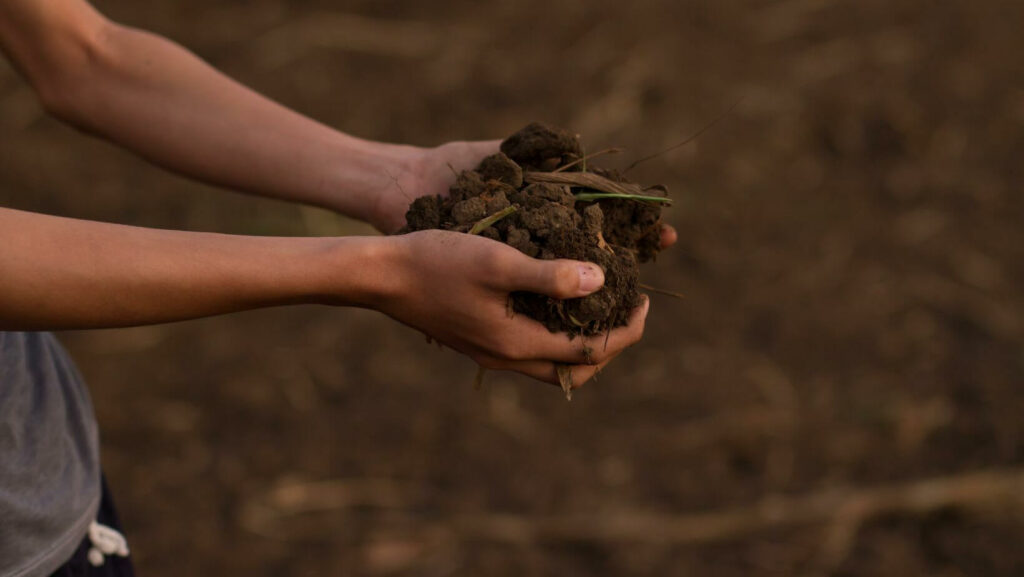 Soil compaction may seem complex but it’s actually quite simple. It occurs when the soil in your lawn becomes dense, hampering grass root growth and nutrient absorption. This can lead to various issues that impact your lawn’s overall health. Thankfully, there are simple DIY tests to assess soil compaction in your yard. If you find your soil is compacted, aeration can help. It enhances root growth, nutrient uptake, and prevents future re-compaction. Understanding how soil compaction affects your lawn is vital for maintaining a beautiful and healthy yard.
Soil compaction may seem complex but it’s actually quite simple. It occurs when the soil in your lawn becomes dense, hampering grass root growth and nutrient absorption. This can lead to various issues that impact your lawn’s overall health. Thankfully, there are simple DIY tests to assess soil compaction in your yard. If you find your soil is compacted, aeration can help. It enhances root growth, nutrient uptake, and prevents future re-compaction. Understanding how soil compaction affects your lawn is vital for maintaining a beautiful and healthy yard.
Sign #2: Water Pooling
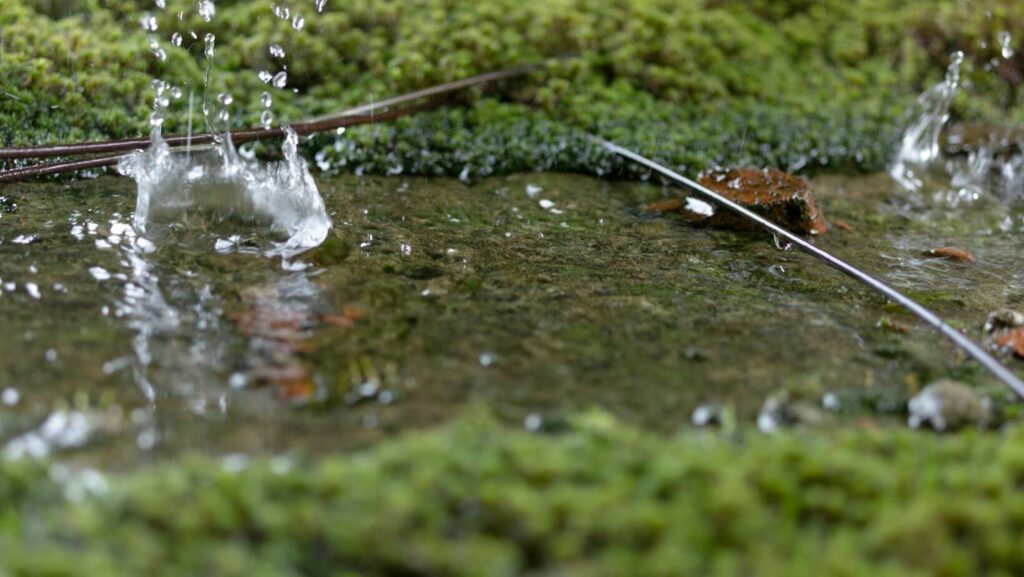 Water pooling on your lawn is a telltale sign that soil compaction may be interfering with water absorption. This common problem occurs when your soil becomes too dense and limits water penetration. The consequences of poor water absorption can lead to a variety of negative effects, including stunted grass growth, root suffocation, and even mosquito breeding.
Water pooling on your lawn is a telltale sign that soil compaction may be interfering with water absorption. This common problem occurs when your soil becomes too dense and limits water penetration. The consequences of poor water absorption can lead to a variety of negative effects, including stunted grass growth, root suffocation, and even mosquito breeding.
Without adequate water drainage, persistent moisture can cause root rot and other damage to your lawn. Fortunately, aeration is a practical and effective solution that can enhance water absorption and address soil compaction issues. By improving soil health, you can enjoy a beautiful and thriving lawn that’s resistant to damage and pests.
Sign #3: Difficulty in Penetrating the Soil
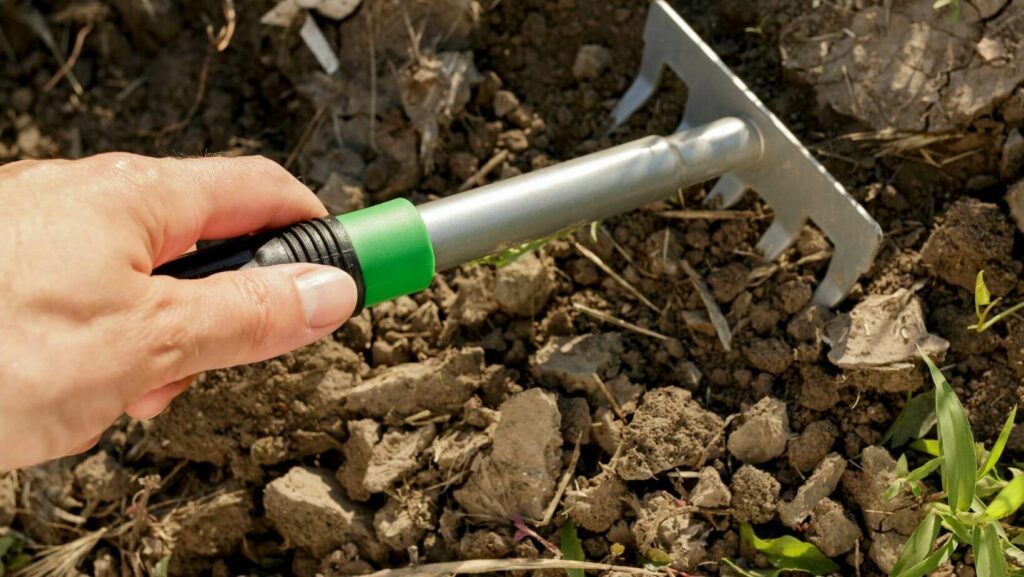 If you notice your grass struggling to grow and look healthy, it may indicate that your lawn needs aeration. One sign of aeration being needed is difficulty penetrating the soil. Hard, compacted soil can harm grass roots’ ability to navigate and access necessary nutrients and water. Tough soil can also inhibit nutrient and water distribution making it challenging to maintain a lush, green lawn. Thankfully, aeration provides a quick and effective solution. By loosening the soil, aeration helps grass roots obtain essential nutrients and water, leading to a healthier, vibrant lawn.
If you notice your grass struggling to grow and look healthy, it may indicate that your lawn needs aeration. One sign of aeration being needed is difficulty penetrating the soil. Hard, compacted soil can harm grass roots’ ability to navigate and access necessary nutrients and water. Tough soil can also inhibit nutrient and water distribution making it challenging to maintain a lush, green lawn. Thankfully, aeration provides a quick and effective solution. By loosening the soil, aeration helps grass roots obtain essential nutrients and water, leading to a healthier, vibrant lawn.
Sign #4: Poor Grass Growth
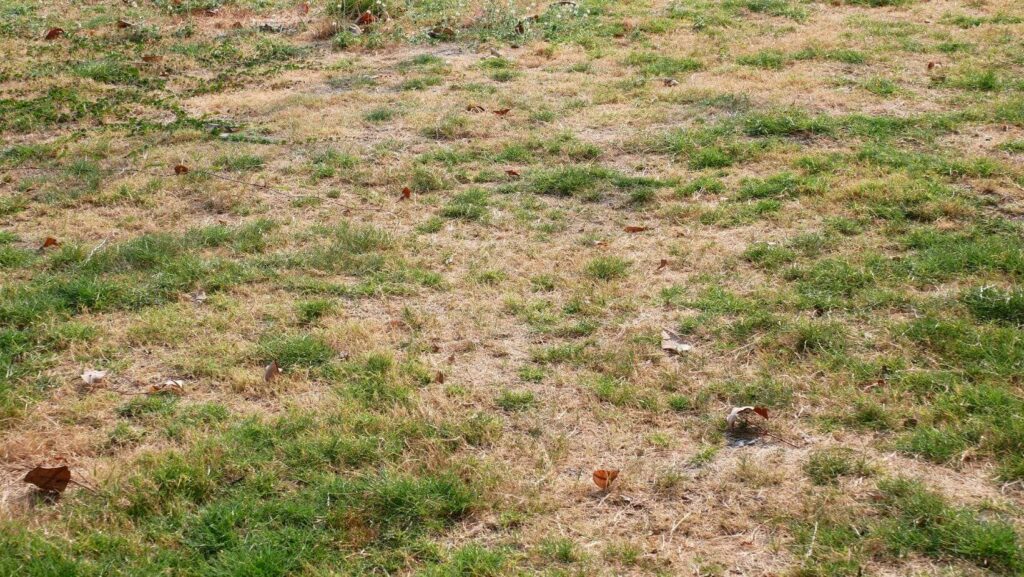 If you’ve noticed poor grass growth in your lawn it may be a sign that it needs aeration. Compacted soil stresses grass roots, making it difficult for them to grow and absorb nutrients and water. This can result in slow or unhealthy grass growth, which can also leave your lawn vulnerable to weed invasion. Aeration can revitalize your lawn by stimulating healthier grass growth and improving nutrient and water absorption. Don’t let poor grass growth bring down your lawn’s beauty; consider aeration as the key to a lush and healthy lawn.
If you’ve noticed poor grass growth in your lawn it may be a sign that it needs aeration. Compacted soil stresses grass roots, making it difficult for them to grow and absorb nutrients and water. This can result in slow or unhealthy grass growth, which can also leave your lawn vulnerable to weed invasion. Aeration can revitalize your lawn by stimulating healthier grass growth and improving nutrient and water absorption. Don’t let poor grass growth bring down your lawn’s beauty; consider aeration as the key to a lush and healthy lawn.
Want A Lush Lawn This Spring?
Sign #5: Thinning Grass
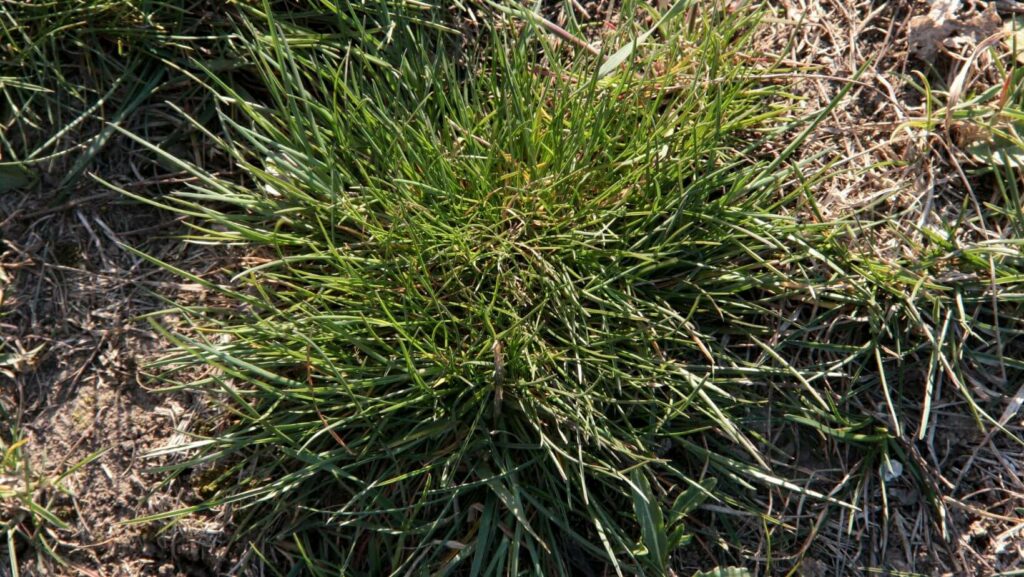
If your lawn is struggling, you may notice thinning grass in certain patches. But what does thinning grass really mean for the health of your lawn? It could be a sign of soil compaction, which can prevent proper water and nutrient flow to the roots. Neglecting this can lead to other issues like erosion and the development of harmful pest infestations.
Fortunately, aeration is a proven method to support denser and healthier growth, allowing for better root development and increased oxygen flow to the soil. In addition to aeration, there are other supplementary actions you can take to help your lawn thrive, like ensuring proper water and fertilization. So if you’re noticing thinning grass, it may be time to consider giving your lawn the aeration it needs.
Sign #6: Presence of Lawn Thatch
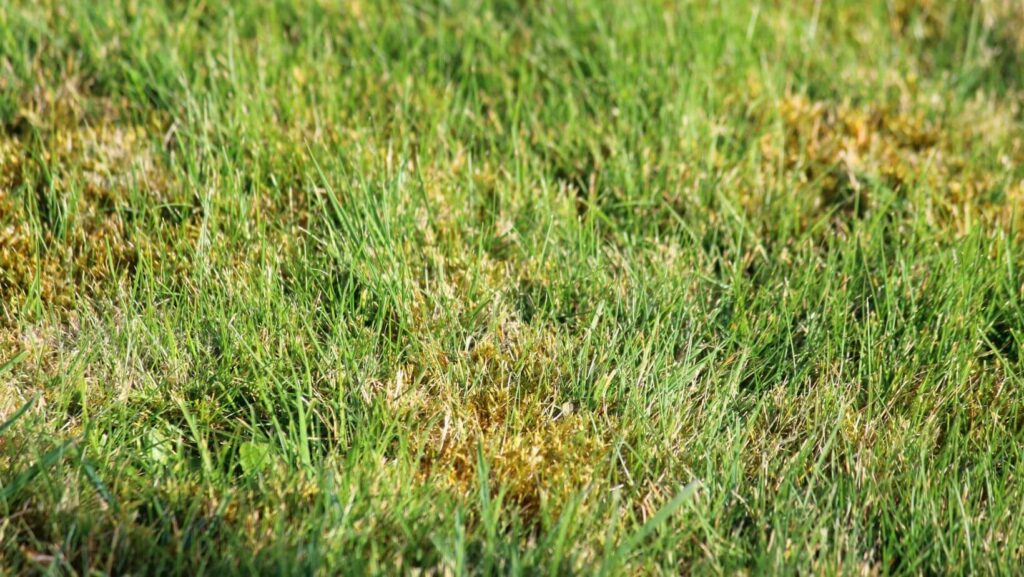 If you notice a thick layer of dead grass and other organic matter building up on your lawn, you may have a problem with thatch. This layer, known as lawn thatch, forms as dead material accumulates faster than it can decompose. While some thatch is normal and even beneficial for your lawn, excess buildup can cause some issues.
If you notice a thick layer of dead grass and other organic matter building up on your lawn, you may have a problem with thatch. This layer, known as lawn thatch, forms as dead material accumulates faster than it can decompose. While some thatch is normal and even beneficial for your lawn, excess buildup can cause some issues.
It can create a barrier between the soil and grass, making it difficult for nutrients and moisture to penetrate the roots. Additionally, thatch can provide a cozy home for pests like grubs, which can wreak havoc on your lawn. So, what’s the optimal thickness of thatch? Generally, less than 1/2 inch is ideal, but some types of grass may tolerate a bit more. If you’re dealing with excessive thatch, consider aerating your lawn to loosen up the soil and break up the accumulation. Over time, regular aeration can also help prevent thatch buildup altogether.
Sign #7: Fading Lawn Color
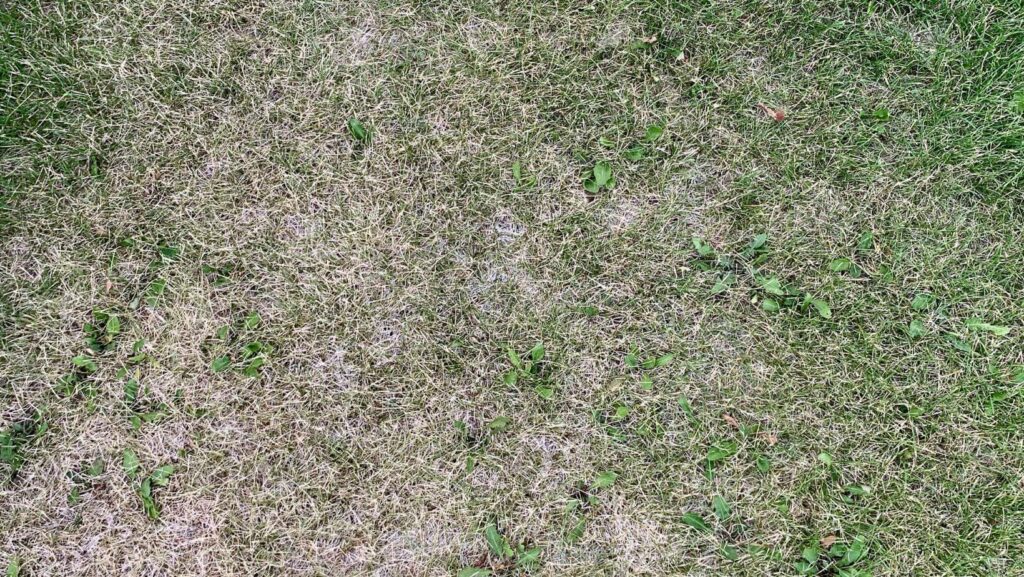 If you take pride in your lawn’s appearance, seeing it change from a vibrant green to a dull, faded color can be frustrating. A lush green is the hallmark of lawn health, but it can be challenging to maintain that ideal shade. If you notice your lawn is turning yellow or brown, it’s essential to identify the reasons behind the fading color.
If you take pride in your lawn’s appearance, seeing it change from a vibrant green to a dull, faded color can be frustrating. A lush green is the hallmark of lawn health, but it can be challenging to maintain that ideal shade. If you notice your lawn is turning yellow or brown, it’s essential to identify the reasons behind the fading color.
Poor soil quality is a common cause of color change, as the grass cannot absorb the necessary nutrients to stay healthy. This is where aeration comes in. By allowing air to reach deeper into the soil, aeration enhances nutrient uptake, ultimately reviving your lawn’s color. Keep in mind that post-aeration maintenance plays a crucial role in maintaining that newfound vibrancy. With additional care you can be sure your lawn will remain healthy and beautiful for years to come.
Sign #8: Pest and Disease Problems
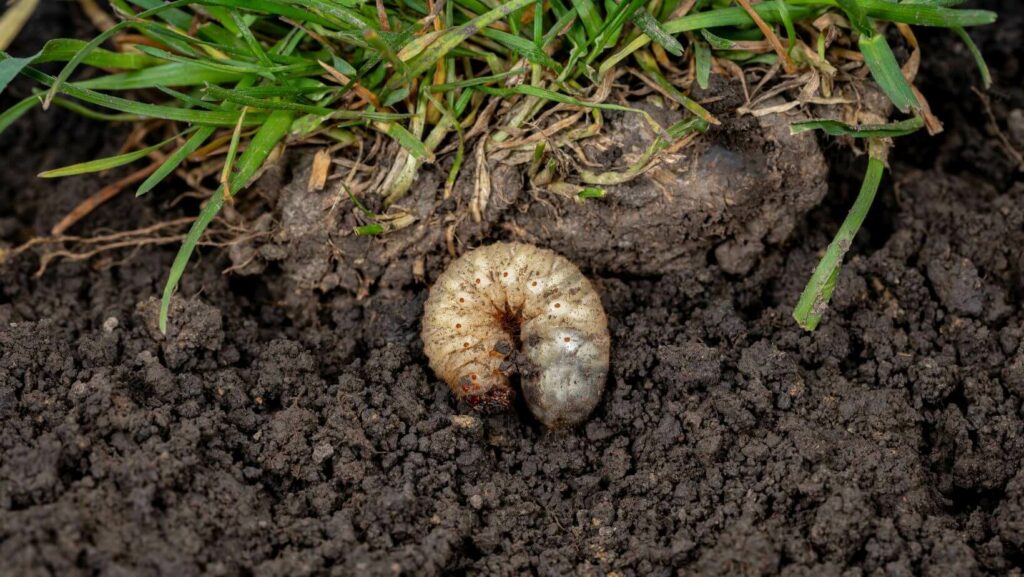 Maintaining a healthy lawn is crucial in keeping pests and diseases at bay. Recognizing the signs that your lawn needs aeration can be the first step in pest prevention. Pest and disease problems are a common symptom of unhealthy lawns. Unwanted pests like grubs and chinch bugs are likely to invade compacted soil as it provides an ideal breeding ground for them.
Maintaining a healthy lawn is crucial in keeping pests and diseases at bay. Recognizing the signs that your lawn needs aeration can be the first step in pest prevention. Pest and disease problems are a common symptom of unhealthy lawns. Unwanted pests like grubs and chinch bugs are likely to invade compacted soil as it provides an ideal breeding ground for them.
Dense soil can also foster lawn diseases making your lawn even more vulnerable to pests. Aeration can help disrupt habitats of these pesky creatures and enhance your lawn’s natural defenses. In combination with managing pests, aeration can be an effective way to keep your lawn healthy and pest-free.
The Aeration Process
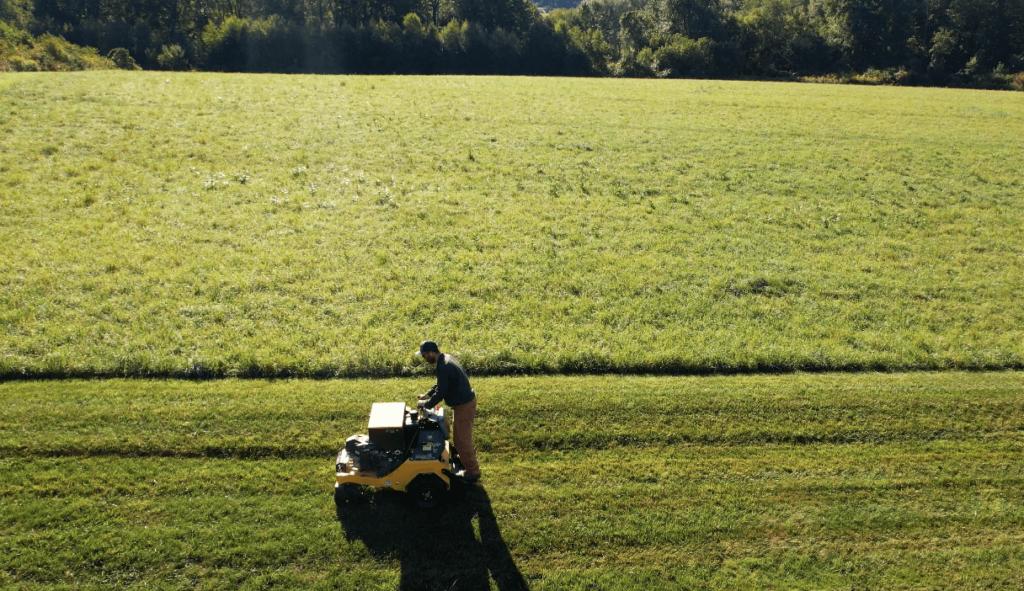 Having a healthy and vibrant lawn requires meticulous care. Aeration plays a crucial role in helping the lawn breathe, absorb nutrients, and thrive. It goes beyond simply puncturing the ground; it’s a deliberate process that revitalizes the soil and promotes grass growth. In the following sections, we will discuss selecting appropriate aeration methods, deciding between DIY or professional aeration, and ensuring proper post-aeration care for your lawn. Let’s discover the secrets to a strong and lush lawn through effective aeration!
Having a healthy and vibrant lawn requires meticulous care. Aeration plays a crucial role in helping the lawn breathe, absorb nutrients, and thrive. It goes beyond simply puncturing the ground; it’s a deliberate process that revitalizes the soil and promotes grass growth. In the following sections, we will discuss selecting appropriate aeration methods, deciding between DIY or professional aeration, and ensuring proper post-aeration care for your lawn. Let’s discover the secrets to a strong and lush lawn through effective aeration!
Selecting the Right Aeration Method
Lawn aeration necessitates a strategic approach starting with choosing the right aeration method. There are primarily two prevalent methods: spike aeration and core aeration. Spike aeration involves simply puncturing the soil with spikes, while core aeration entails removing plugs of soil from the lawn to alleviate compaction more effectively.
Your choice between these two largely hinges on your lawn’s specific needs and soil type. For instance, sandy soils might fare well with spike aeration, while clay soils often necessitate the thoroughness of core aeration. Moreover, your lawn size may also influence the choice, with larger lawns potentially benefiting from machine-operated aerators to expedite the process.
DIY Aeration vs. Professional Aeration Services
When it comes to executing the aeration, homeowners often wrestle with the decision between rolling up their sleeves for a DIY project or enlist professional services. Going the DIY aeration route can be cost-effective and offers you control over the process but it does demand a certain degree of physical labor and know-how. On the other hand, hiring professionals alleviates the physical burden and ensures expertise in the aeration process, albeit at a small financial cost. If you opt for a DIY route, it’s crucial to familiarize yourself with the aeration tool, ensure optimal weather conditions, and adhere to guidelines for effective aeration to safeguard your lawn’s health.
Post-Aeration Care
Once the aeration is complete the subsequent care is paramount to harness the full benefits of the process. Vigilant watering is vital post-aeration, ensuring that moisture seeps through the newly created channels to reach the grass roots. Moreover, this is a prime time to fertilize, as nutrients can easily penetrate the soil, offering a direct line to the root system. Mowing should typically be postponed for a few days to allow the lawn to recover and take advantage of the open pores. Additionally, the post-aeration period is an opportune moment to oversee pest control. With the lawn in a transient vulnerable state, a measured approach to pest management, like applying natural deterrents or pest-resistant grass seed, can bolster its defense while absorbing the bounty of nutrients and water made accessible through aeration.
A Thriving Lawn Awaits with Turfcor Lawn & Tree Care!
Lawn aeration is a method to improve the health and appearance of your lawn. It helps to alleviate soil compaction, allowing nutrients, water, and air to penetrate the soil better. Pairing aeration with overseeding fills in thin or bare spots, resulting in a denser and revitalized lawn. Turfcor Lawn & Tree Care offers professional aeration and overseeding services to rejuvenate and elevate your lawn’s potential. Trust us to create a vibrant and lush lawn that lasts for years to come. Start your journey to impeccable lawn health with us!
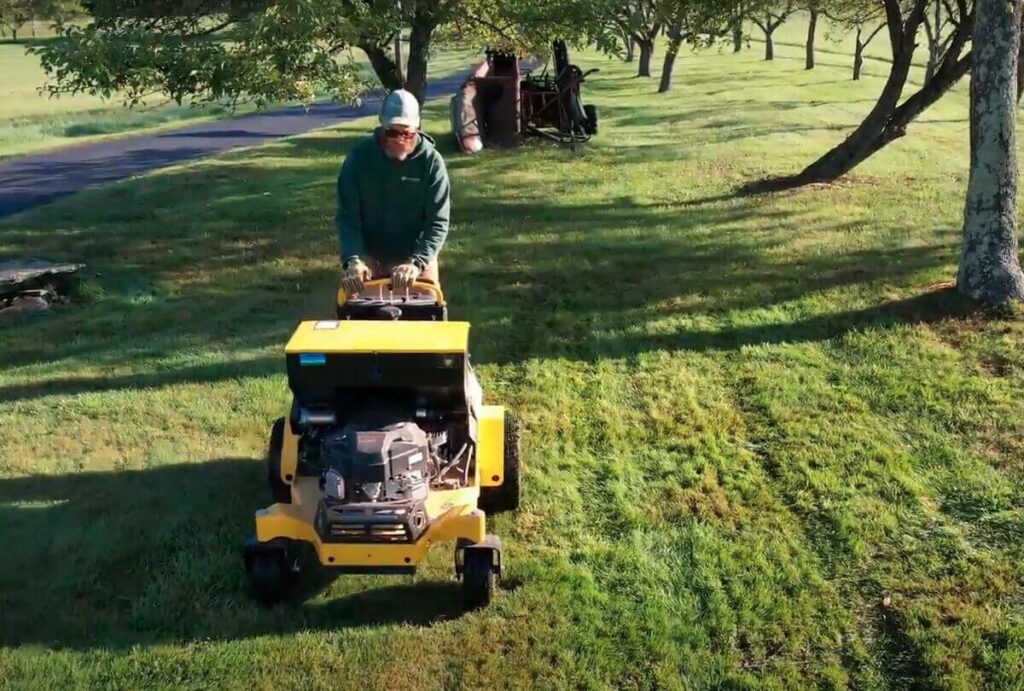 What is Lawn Aeration?
What is Lawn Aeration?